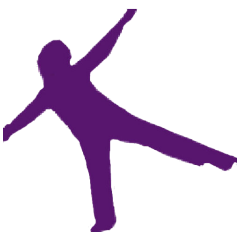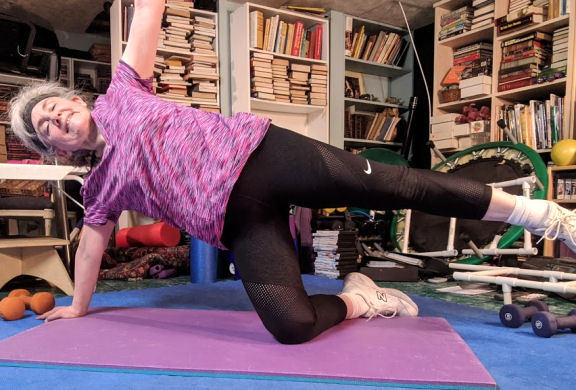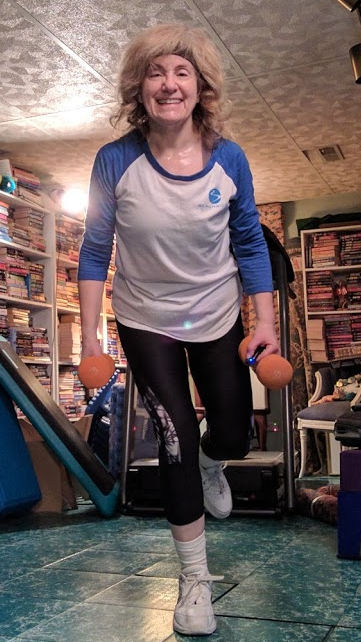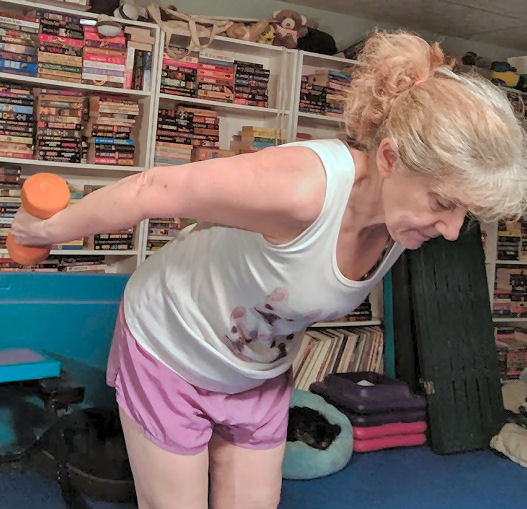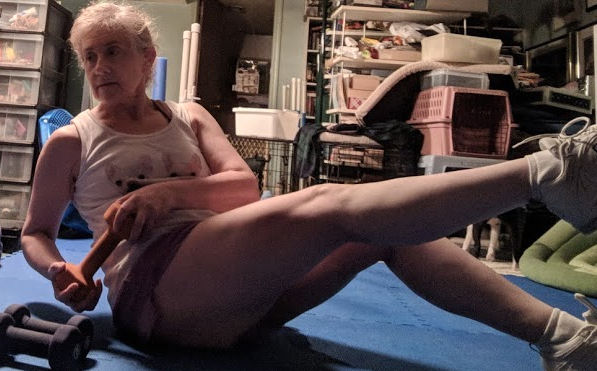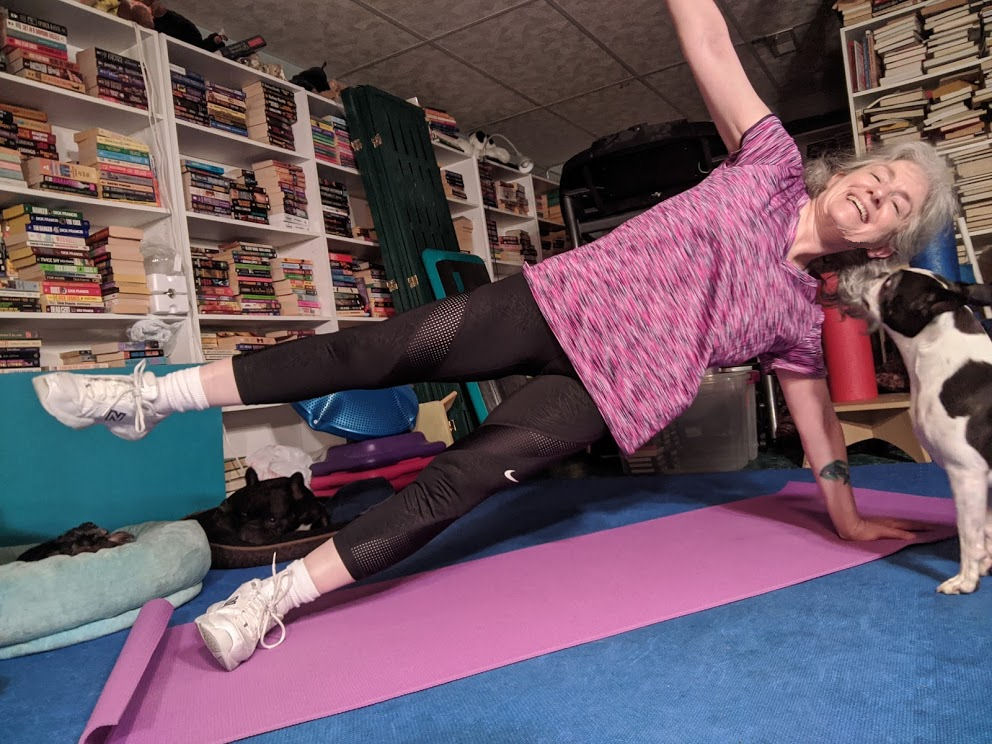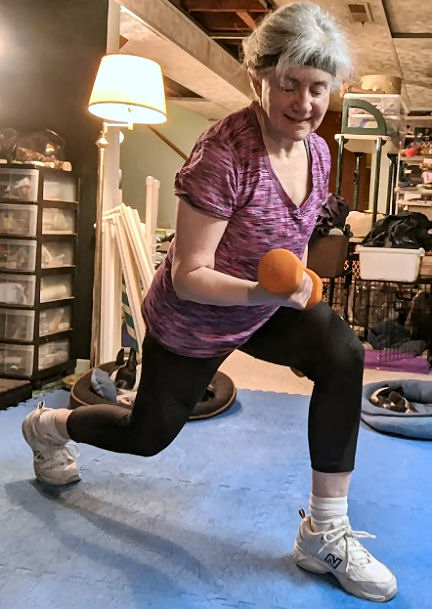Has your exercise routine gotten kind of flat? Are you doing the moves but feel like you’re just going through the motions? Try a challenge to give your workouts a spark. That’s right: Challenge yourself to exercise.
You’ve probably seen groups, pages and influencers on Facebook run 5- or 7-day challenges to drink more water, or use your Instant Pot every week. It’s the same idea, but with this, you challenge yourself. You’ll change your mindset and look forward to exercise because you’re getting closer to the prize you will set for yourself. Set your challenge and a time limit – for example, exercise for 30 minutes every day for 30 days. And be sure to set a prize for succeeding in your challenge! Say, download Taylor Swift’s new album.
Kelly Froelich, an NASM- and ACE-certified trainer and cofounder of the digital fitness platform Balanced, finds that self-challenges are a great way to self-motivate. “Intrinsic motivation, such as an internal desire to do something, is great to stick to something in the long run, but sometimes you need a bit of extrinsic motivation, such as a prize, to start you off,” she says. So, make that prize something you really want. And don’t get it before you complete your Challenge! That’s cheating!
Challenge ideas
If you need ideas for your Challenge, or if you need a theme, try a step challenge for walking. Be sure to increase the number of steps you have to take each day, week-by-week. Or if you’re a runner, increase the miles you run! Or try a plank challenge. Increasing the time you’re in plank position. If the plank is old hat, then try a plank variation a day! To increase strength, do a weight challenge – but you might have to buy heavier weights by the end of your challenge time. Or try a Body-Weight Strength Challenge! This article describes some of your options for this.
Be mindful of the exercises you do
Exercise is great, but we must be mindful of the exercises we do every day and the toll they take on our bodies.
Yes, exercise makes us happier. And expending energy gives us more energy, as surprising as that sounds. Exercise is a natural way to fight depression, and it also helps us sleep better. Exercise has a zillion benefits. But we have to remember that our bodies need rest and recovery too.
Build rest days into your challenge
I’m not advocating exercising at full impact and intensity every day. Especially if you’re doing a weight challenge, build lower intensity or non-lifting days into your challenge. Take a speed-walk a couple days a week and a stroll or a yoga practice on Sundays. Be sure to do the work to meet your challenge goals, but be mindful of what your body needs. Schedule your workouts, including the exercises you plan on so you don’t lose track of your intense days and your rest days.
Challenge yourself to exercise. Don’t forget that you’ll get two prizes at the end: your Challenge prize and the prize of being more fit!
